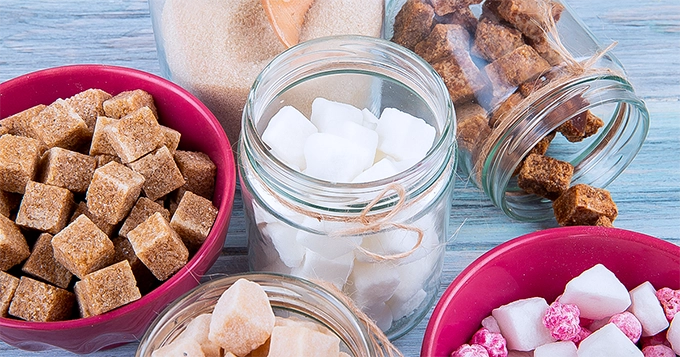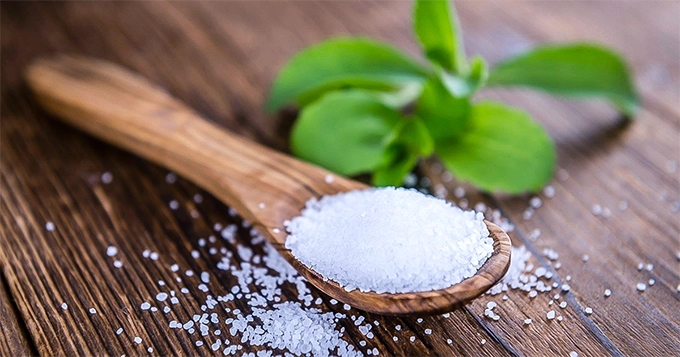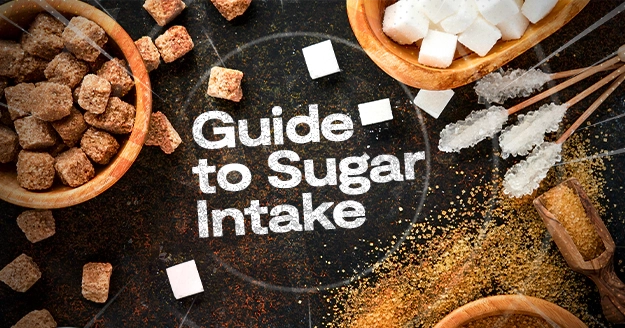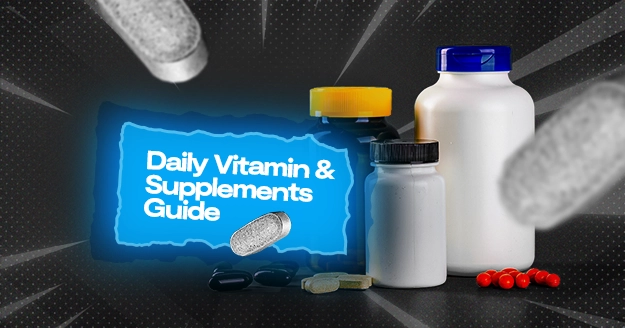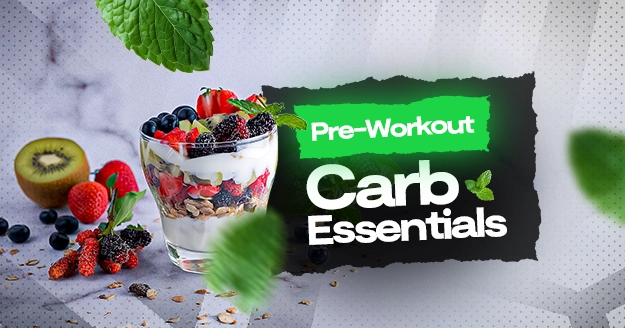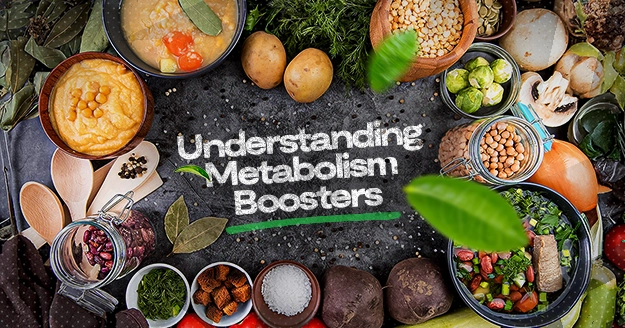According to studies, 59% of buyers doubt the decisions they’re making for their families, and 80% of shoppers encounter conflicting nutritional information. However, consumers are clear on the necessity of a healthy change.
The average American adult consumes around 17 teaspoons of added sugar a day or about 270 calories which is two to three times greater than the daily sugar intake suggestion for males and women. This equals an annual consumption of about 60 pounds of added sugar. The statistics are significantly worse for children and young people (ages 2-19) who consume 16 teaspoons of added sugar daily. Over 53 pounds of added sugar are consumed annually by American children at a rate of 66 grams per day.
The number is high. So you might be wondering, “Where does all this sugar come from?”
While we sometimes add sugar or sweeteners like honey to food or beverages, added sugar usually comes from processed and prepared foods.
The leading category source of added sugars is beverages. It is 47% of all added sugars:
- soft drinks – 25%
- fruit drinks – 11%
- sport/energy drinks – 3%
- coffee/tea – 7
And, as you might have guessed, snacks and sweets are the next leading sources of added sugars at 31%.
Are alternative sugars better?
It’s alluring to think that alternative sugars will provide a miracle fix. There is a perception that products manufactured with maple syrup, honey, high fructose corn syrup, coconut sugar or turbinado sugar, and dextrose are healthier options.
But they are not. No matter where it comes from and what its name is, too much sugar is too much. It all depends on how quickly our body absorbs them. Say, for instance, because apples include fiber, your body takes longer to digest them, causing the natural sugar to be absorbed more slowly. On the other hand, the extra sugar food manufacturers add in soda rushes and hits your system all at once. All of that excess sugar is immediately turned into calories.
If you’re trying to save calories, your best choice might be a plant-based sweetener like monk fruit or stevia. The Food and Drug Administration (FDA) has examined published studies to reach the conclusion that these types of sweeteners are “generally recognized as safe.”
AHA Sugar Recommendation
Men. Men’s recommended daily sugar intake is no more than 150 calories per day (37.5 grams of sugar per day or 9 teaspoons) of added sugar daily.
Women. For women, the number is lower. They should consume no more than 100 calories (25 grams or 6 teaspoons) of added sugar intake per day.
By mid-2021 or earlier, depending on the size of the business, food manufacturers must disclose the quantity of added sugars on the Nutrition Facts label. According to a recent estimate, over the next 20 years, this labeling may be able to prevent roughly 1 million cases of cardiovascular diseases and type II diabetes. Consumers won’t have to look up the numerous aliases for added sugars to try to figure out how much added sugar a product or beverage contains because the overall amount of added sugars will be given.
So, make sure that you read those labels carefully. You must realize that added sugar is added sugar, no matter what sneaky alias or other names it uses!
Tips to Cut Back on Sugar
- Limit the following foods in order of importance (the first item on the list usually has the highest added sugar content):
- Soft drinks.
- Fruit juices. Fruit juices are equivalent to soft drinks in terms of sugar content. Opt for canned fruit or whole fruit with no additional sweetening instead.
- Candies and sweets.
- Baked goods. These items include pastries like pies, cakes, and cookies. They frequently contain a lot of sugar and processed carbs.
- Low fat or diet foods. Foods that have lost their fat content are sometimes quite high in sugar.
- Avoid adding sugar to your coffee or tea; opt for water instead of soda or juice.
- You can substitute sugar in recipes for ingredients like cinnamon, nutmeg, almond essence, vanilla, ginger, or lemon.
- Find recipes online and try to be creative. Even if you completely cut out sugar from your diet, you can still eat many delicious foods.
- You can choose natural, zero-calorie alternatives to sugar, including stevia and monk fruit.
Conclusion
Take into account the 8 teaspoons (32 grams) of added sugar in a 12-ounce can of soda. Your allowance for your daily sugar intake is gone in one slurp.
The best way to cut back on your sugar is to limit your intake of highly processed foods, including beverages. This method does not necessitate constant use of math, calorie counting, or reading food labels.
However, avoiding all added sugar can be challenging if you consume packaged, highly processed foods due to financial reasons. Be sure to read labels and be aware that food manufacturers frequently cover up added sugar with different names.
